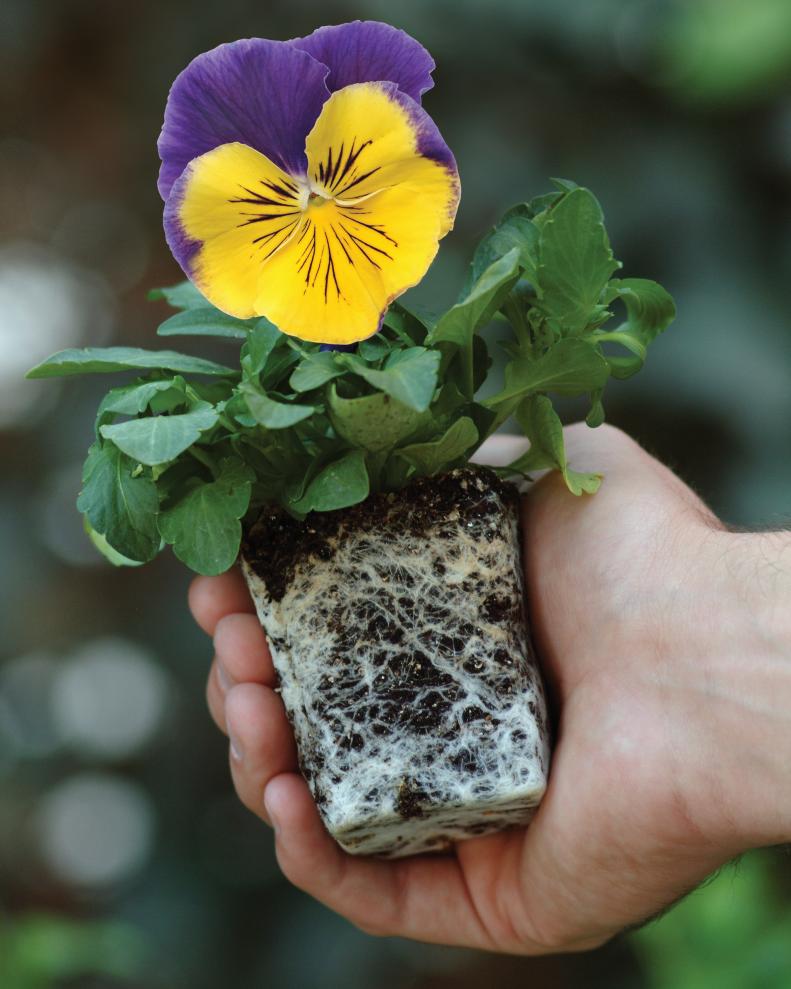1 / 11
Photo: Ball Horticultural Company
Plant Pansies for Fall Color
Count on pansies for living color when temperatures tumble. First developed in England in 1812, pansies still reign as the cool weather color champion. New introductions include Cool Wave Spreading pansies (shown), which spreads 18 to 24 inches in planting beds. For a can’t-miss color show, fill beds with pansies in single colors, or buy what’s known as a “formula mix,” a custom color blend created by plant breeders to open in eye-pleasing shades. The lower bed (above) features a formula mix sold as Cool Wave Berries ‘N Creme Mixture spreading pansy.









